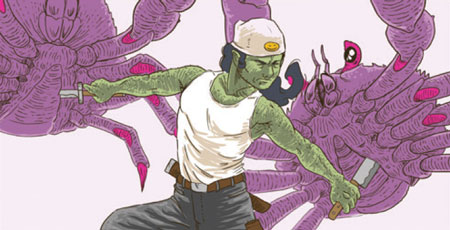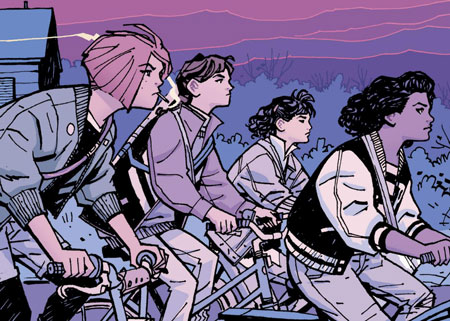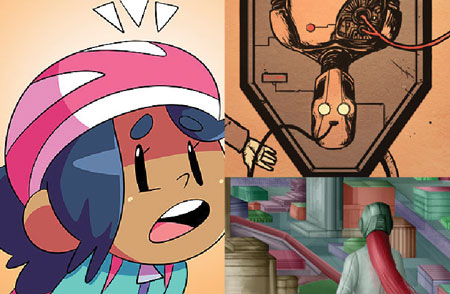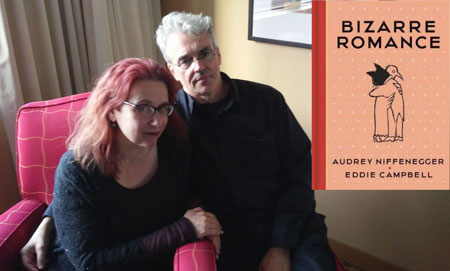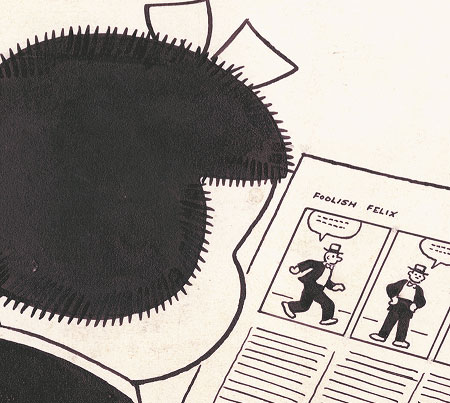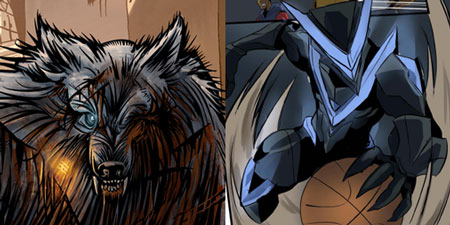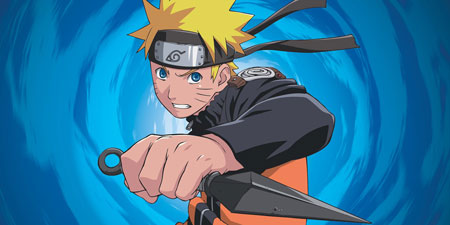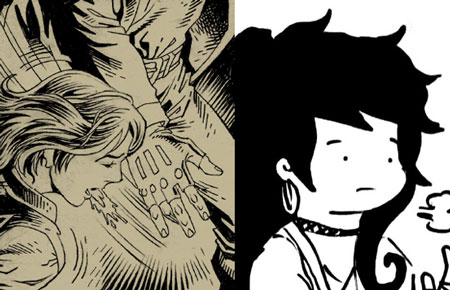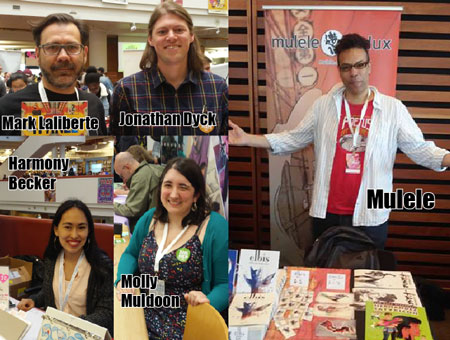
Koom’s visit to Toronto Comic Arts Festival 2018 included several table interviews and a longer wrap-up interview with Mulele on the process of signing up for TCAF, the many roadblocks he ran into on the trip itself, the payoff of attending, how TCAF compares with Tokyo cons, and more.
(larger photos and time stamps below)
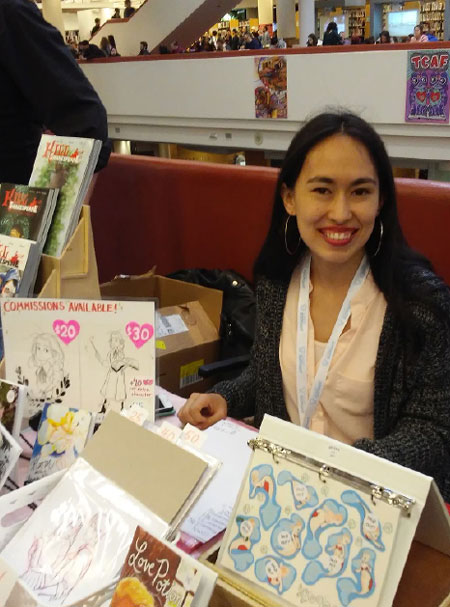
1:26 Harmony Becker, who tabled at Kaigai Manga Festa in Tokyo last year and was interviewed by Tim here, gives us an update
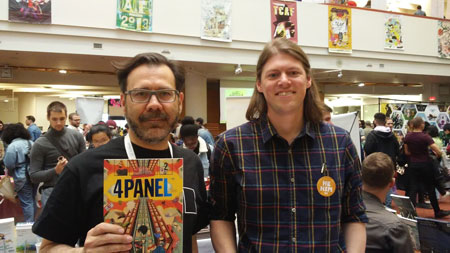
4:36 Mark Laliberte and Jonathan Dyck of the 4 Panel anthology
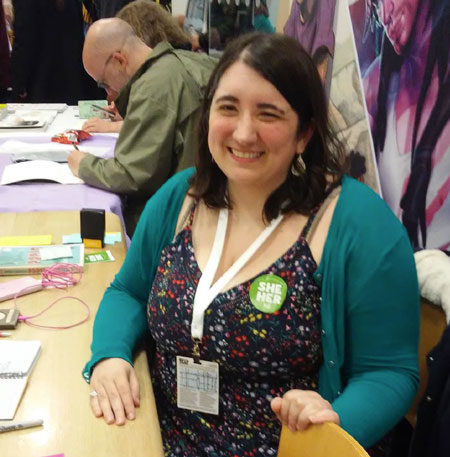
7:58 Molly Muldoon, co-writer of the graphic novel Dead Weight with past DCP guest Terry Blas
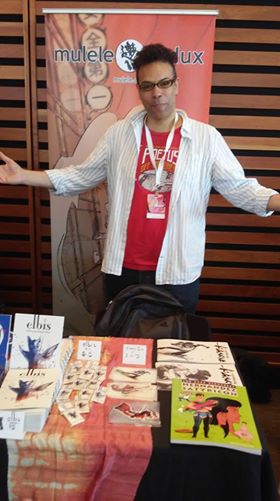
11:50 Mulele‘s TCAF story
Podcast: Play in new window | Download
Subscribe: | More


